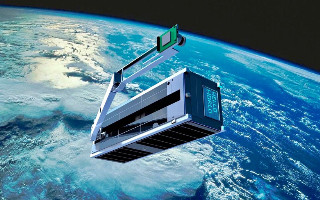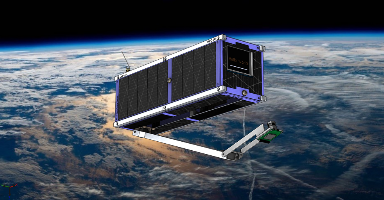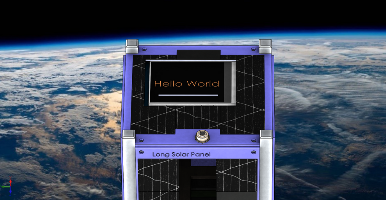| Spacecraft name | PVDX (Perovskite Visuals and Degradation eXperiment) |
|---|---|
| Spacecraft type | CubeSat |
| Units or mass | 3U |
| Status | not launched, expected in 2026 |
| Launcher | not launched |
| Entity name | Brown University |
| Institution | University |
| Entity type | Academic / Education |
| Nation | US |
| Oneliner |
Test and characterize a novel photovoltaic technology in space: perovskite solar cells (PSCs). |
| Description |
Technology demonstration mission to test and characterize a novel photovoltaic technology in space: perovskite solar cells (PSCs). PSCs are an emerging photovoltaic (PV) technology that has the potential to revolutionize aerospace PVs. They are particularly well-suited for aerospace applications because of their chemical tunability, high specific power, low cost, resistance to radiation, low-light capabilities, self-healing properties, and potential to be manufactured in space. The secondary focus of PVDX’s mission is education and engagement, particularly with those from historically underrepresented groups. Perovskites are emerging as a low-cost challenger to silicon for making highly efficient solar cells. A research team led by Brown professor Nitin Padture has made key contributions to the development of perovskites, and the BSE team will work with Padture’s group to develop perovskite cells for PVDX. The team aims to find out how this type of solar cell, which has never flown in space, performs in an environment where temperatures can swing by as much a 500 degrees Fahrenheit. “We’re planning on flying 30 perovskite cells of varying compositions and comparing them to gallium arsenide cells, which are pretty standard in aerospace applications,” said Lauren Adachi, technical lead and co-president of BSE. “We’ll be flying both kinds of cells so we’ll be able to do a side-by-side comparison of how they perform.” PVDX’s secondary mission is to engage K-12 students in space exploration. The plan is to allow students to send short messages to the satellite, which will be displayed on an LED screen on one side of the spacecraft. A camera attached to a small robotic arm on PVDX will snap a picture of the display — with an orbital view of the Earth providing the backdrop — and transmit that picture back to the students from space. The idea, the team says, is to help create excitement about space exploration, and to show students that getting there isn’t as difficult as they may think. |
| Notes | |
| Sources | [1] [2] [3] |
| Photo sources | [1] |
Last modified: 2024-09-02




